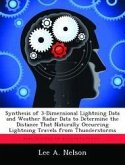
Broschiertes Buch
17. Oktober 2012
Creative Media Partners, LLC

4,49 €
inkl. MwSt. und vom Verlag festgesetzt.
Sofort per Download lieferbar
Ähnliche Artikel
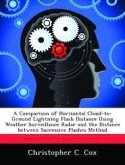
Broschiertes Buch
9. Oktober 2012
Creative Media Partners, LLC
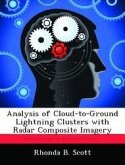
Broschiertes Buch
12. November 2012
Creative Media Partners, LLC

Broschiertes Buch
3. Oktober 2012
Creative Media Partners, LLC
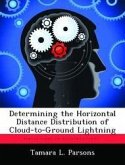
Broschiertes Buch
7. Dezember 2012
Creative Media Partners, LLC
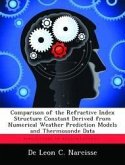
Broschiertes Buch
12. November 2012
Creative Media Partners, LLC
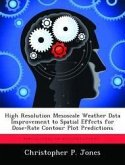
Broschiertes Buch
29. Oktober 2012
Creative Media Partners, LLC
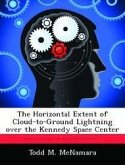
Broschiertes Buch
21. November 2012
Creative Media Partners, LLC

Broschiertes Buch
21. November 2012
Creative Media Partners, LLC
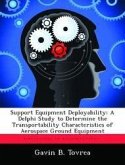
Broschiertes Buch
17. Oktober 2012
Creative Media Partners, LLC
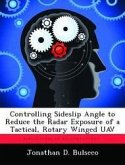
Broschiertes Buch
10. Oktober 2012
Creative Media Partners, LLC
Ähnlichkeitssuche: Fact®Finder von OMIKRON
